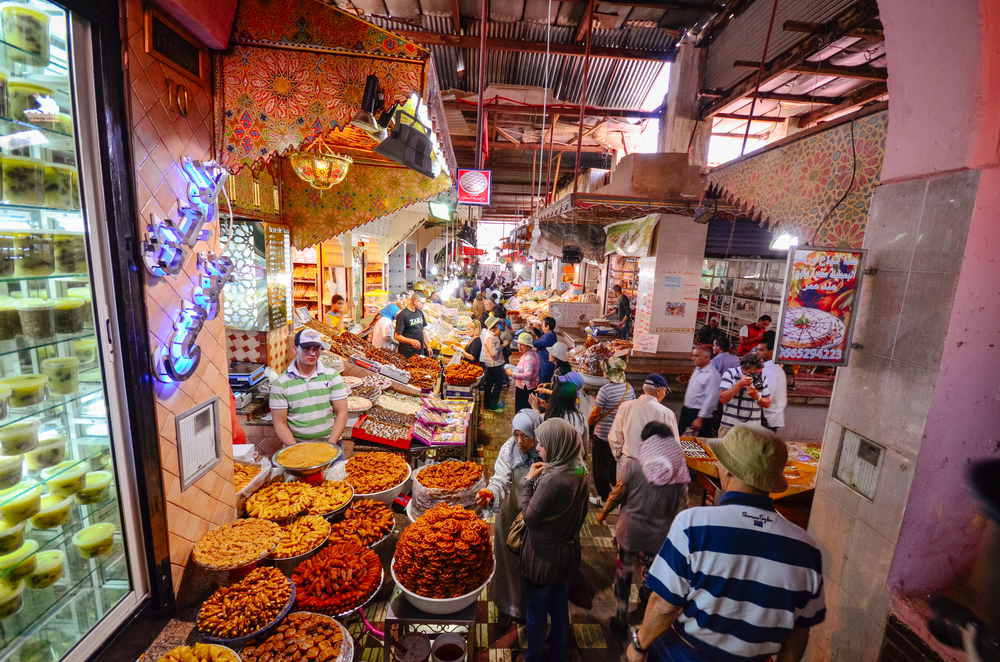What Shapes the Real Meaning of Black Friday Around the World This Year
Black Friday has evolved far beyond a single day of shopping. Across different countries, it has turned into a cultural moment shaped by habits, expectations, and shifting global trends. Understanding these subtle differences reveals why the day resonates so strongly worldwide and how people interpret its significance in their own way

The transformation of Black Friday from a localized American retail event into an international shopping phenomenon represents one of the most significant shifts in global consumer culture over the past two decades. What began as a post-Thanksgiving sales tradition in the United States has spread to dozens of countries, each adapting the concept to fit local customs, economic realities, and shopping preferences. This evolution reflects broader changes in how societies approach consumption, retail technology, and seasonal commerce.
How Different Regions Shape Shopping Traditions
The adoption of Black Friday varies significantly across continents, with each region molding the event to align with existing shopping behaviors. In Europe, countries like the United Kingdom and Germany embraced the concept relatively early, integrating it into their retail calendars despite lacking the Thanksgiving connection that originally defined the day. British retailers began promoting Black Friday sales in the early 2010s, and the tradition quickly gained momentum, though it often extends across an entire week rather than concentrating on a single day.
Asian markets have shown diverse responses to the Black Friday concept. While some countries have adopted elements of the sales event, others maintain stronger allegiance to homegrown shopping festivals. China’s Singles’ Day, for instance, generates far more revenue than Black Friday and remains the dominant retail event in that market. Meanwhile, countries like India and Japan have selectively incorporated Black Friday promotions, particularly among online retailers seeking to capitalize on the global buzz surrounding the date.
Latin American countries have increasingly participated in Black Friday, with Brazil leading the region in adoption. Mexican and Argentine retailers have also launched significant promotional campaigns, though economic volatility and currency fluctuations sometimes limit the depth of discounts compared to their North American counterparts. The event often serves as a precursor to holiday shopping season, helping families budget for year-end celebrations.
Global Black Friday Patterns
Several consistent patterns have emerged as Black Friday has globalized, revealing universal aspects of consumer psychology and retail strategy. Online shopping has become the dominant channel for Black Friday purchases in most markets, accelerated by pandemic-era shifts in consumer behavior. E-commerce platforms now drive the majority of transactions, with mobile devices accounting for an increasing share of purchases across all regions.
The timing of promotions has expanded considerably from the original single-day model. Most retailers now launch sales campaigns days or even weeks before the actual Friday, creating extended shopping periods that reduce the frenzy once associated with the event. This shift addresses logistical challenges, spreads consumer spending over longer periods, and accommodates different shopping preferences across cultures.
Product categories showing the strongest performance during Black Friday sales remain relatively consistent worldwide. Electronics, particularly smartphones, laptops, and televisions, consistently rank among the most sought-after items. Fashion and apparel follow closely, with home goods and beauty products also generating substantial interest. However, regional variations exist, with some markets showing stronger preferences for specific categories based on local needs and economic priorities.
Cultural Shifts Influencing Seasonal Trends
Contemporary Black Friday participation reflects broader cultural movements reshaping consumer attitudes globally. Sustainability concerns have prompted growing numbers of shoppers to question the environmental impact of mass consumption events. Some consumers now deliberately avoid Black Friday, participating instead in alternative movements like Buy Nothing Day or supporting small businesses through initiatives such as Small Business Saturday.
The rise of conscious consumerism has influenced how retailers approach Black Friday promotions. Many companies now emphasize quality over quantity in their messaging, highlighting durable products rather than disposable goods. Some brands have even opted out of traditional Black Friday sales, instead donating portions of revenue to charitable causes or promoting repair services over new purchases.
Social media has fundamentally altered how consumers discover and share Black Friday deals. Platforms like Instagram, TikTok, and Twitter serve as real-time deal-sharing networks, with users posting finds, comparing prices, and warning others about misleading promotions. This transparency has empowered consumers while challenging retailers to offer genuine value rather than superficial discounts.
What History Reveals About Major Sales Events
The origins of Black Friday trace back to 1960s Philadelphia, where police used the term to describe the chaotic crowds and traffic following Thanksgiving. Retailers later reframed the narrative, suggesting the day marked when stores moved from red ink to black ink in their accounting books, indicating profitability. This reimagining helped transform a negative association into a positive retail tradition.
Historical analysis of major sales events reveals cyclical patterns in consumer behavior and retail innovation. The post-World War II era saw the rise of suburban shopping malls and the establishment of holiday shopping traditions. The late 1990s brought online retail, fundamentally changing how consumers accessed deals. Each technological advancement has reshaped Black Friday, from newspaper circulars to mobile apps offering personalized promotions.
Comparing Black Friday to other historical shopping events provides context for its current global significance. Boxing Day sales in Commonwealth countries, New Year sales in Japan, and festival-related shopping periods in various cultures all demonstrate humanity’s longstanding relationship with seasonal commerce. Black Friday’s rapid international spread suggests it filled a gap in the global retail calendar, providing a coordinated moment for year-end shopping that transcends specific cultural or religious traditions.
The evolution of Black Friday continues as retailers and consumers adapt to changing economic conditions, technological capabilities, and social values. While the event’s core purpose remains commercial, its meaning varies significantly depending on who participates, where they shop, and why they choose to engage with this annual tradition. Understanding these regional and cultural differences provides insight into the complex forces shaping modern consumer culture across our interconnected world.




